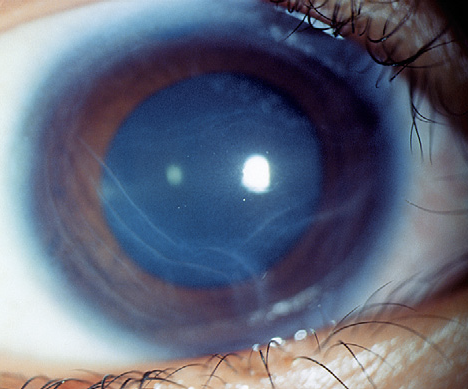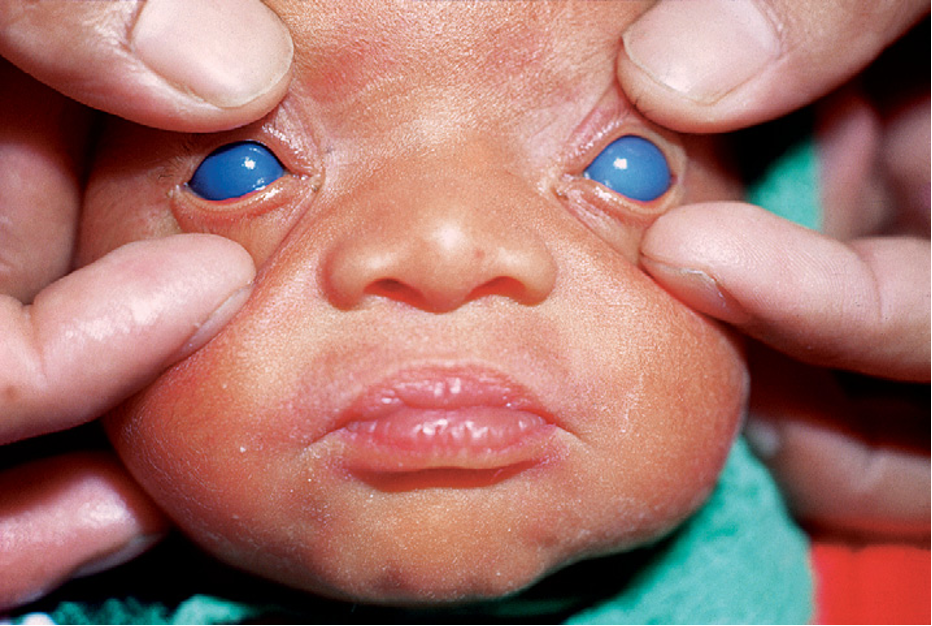
Glaucoma occurs when the pressure within the eye builds up (the intraocular pressure, IOP) and damages the optic nerve. It is very rare in children but can occur from birth or later on in childhood. About five in 100,000 children are born with glaucoma or develop it in childhood. Some types of pediatric glaucoma are hereditary. About 10% of primary congenital/infantile glaucoma cases are inherited.

In most young people with glaucoma, the drainage channel has not formed properly before they were born. As a result, the old liquid can’t flow out, but new liquid is still coming in. This makes the pressure go up inside the eye. The most common symptoms of congenital/infantile glaucoma are excessive tearing, light sensitivity and a large, cloudy cornea (the normally clear front surface of the eye) which can cause the iris (colored part of the eye) to appear dull.
Pediatric glaucoma is treated by lowering the intraocular pressure (IOP) with medicine and/or surgery. Most children and young people with glaucoma need an eye operation to bring the pressure down.
